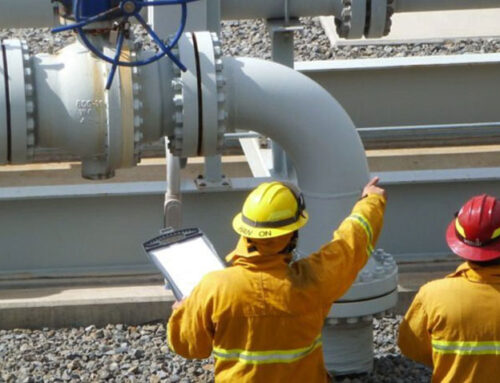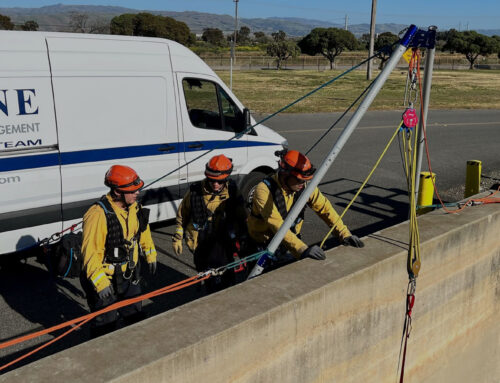We’ve realized that the term ‘fire suppression services’ is often a vague, blanket term to refer to a lot of different services that have to do with controlling or eliminating the threat of a wildfire. While not every form of fire suppression service is exactly in the wild, there are many cases where suppression services in urban or suburban areas can eliminate the risk of major wildfire problems later on—especially in Southern California. But what are suppression services, and how do they help individual businesses, home owners, and work sites eliminate or prevent the risk of a fire breaking out on their property or site?
Fire suppression services refer to any type of service offered by organizations like Capstone Fire to help mitigate the risk of potential wildfire damage, or control certain wildfire situations when they may actually be beneficial to a wildlife habitat. In such cases, populations of trees that have been infected with diseases might benefit from a controlled burn to eliminate the spread of the disease, therefore saving entire wildlife communities from potential deforestation due to the invasive species of disease. Situations like infestations of fir beetles and mountain pine beetles might need to be mitigated through controlled burns, in which case fire suppression services are available to eliminate the risk of a burn becoming out of control.
This is done through things like water control, and by spraying certain areas with fire retardant to assure that the flames from a controlled burn do not stretch further than intended. In wildfire situations, fire suppression services might involve dropping water or spraying the ground around the area of a wildfire with fire retardant to prevent it from spreading in certain areas.
In some cases, fire suppression might involve a task where services like Capstone Fire remove “fuel” for wildfires by eliminating one of the risk factors that contribute to fire growth—oxygen, dry brush and growth, or even a lack of water in a certain area. Fire suppression can often mean physically removing potential risk factors like overgrown, dried out brush and plant life, or even simply moving water from one place to another to help slow the growth of an existing fire.
There are a variety of factors that determine whether or not fire suppression services are going to be more or less cost effective in any given year. One of the major factors is rainfall, wherein a drought might present greater costs and risks involved with the service as it becomes costly to both source and move water supplies from one place to another. Extensive, unchecked fire suppression services might also make it more costly, as it can create more work and more of a risk in sites that have gone years without being cleaned up or checked for fire risk.
The spread of invasive species and diseases can also create more of an expense in fire suppression services. For example, a particularly strong year of growth for a certain invasive grass species or a strong season of growth for one of the aforementioned beetle populations might mean even more work later on if the problem isn’t caught early on. However, there are often forest services and other scientists at work to determine the risks involved with these situations. In California, we most often face issues of draught.
As you can see there are a number of situations that can be determined under fire suppression services. Whether you’re a small business, homeowner with a lot of land, or even a work site manager on a construction site, there are a number of reasons that fire suppression services might be needed.





